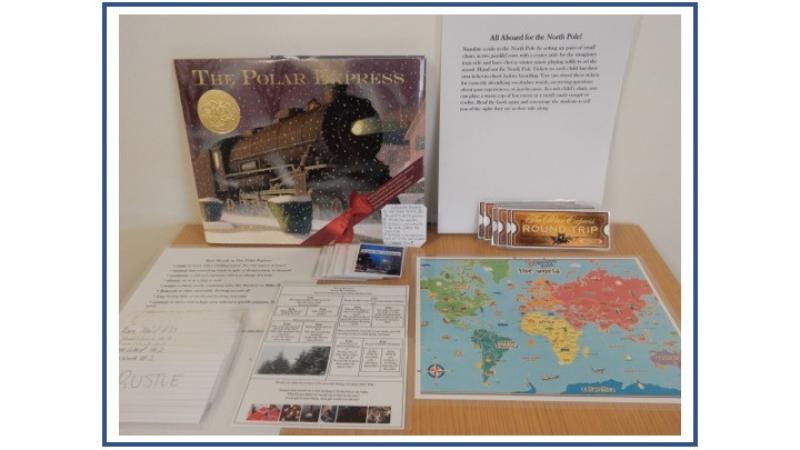Psychology Students Create Learning Materials for Children with Autism Spectrum Disorder
By: Christy Rossi, Teaching Assistant Professor, Department of Psychology

This autumn, psychology students enrolled in the “Autism Spectrum Disorder” class created learning materials for children with autism that attend The Joshua School, a nearby school for individuals with developmental disabilities. The project was supported by a mini-grant from Center for Community Engagement to advance Scholarship and Learning (CCESL) and was part of an ongoing partnership with The Joshua School. At the beginning of the quarter two speech language pathologists at The Joshua School, Rena Pitlik and Lara Leonard, visited the class to explain the goals of the project and emphasize the importance of literacy for every student. In small groups, DU students were assigned books and were asked to create an adapted form of their book that was accessible to students with autism with a variety of different communication profiles. They also created pre-reading materials that focused on teaching the vocabulary and conceptual information that appeared in each book. Post-reading activities were created to reinforce concepts and assess understanding. Students incorporated concepts learned in class to create materials tailored to individuals with autism.

Students from the Joshua School who are working on There Was an Old Lady Who Swallowed a Frog! can use picture cards (above left) to review vocabulary prior to reading the book. These same pictures can then be interactively placed on the appropriate page during group reading activities. Three dimensional versions of the items from the book can also be placed into a mouth-shaped box (right) to simulate the “swallowing” that occurs in the story.

Students reading Eric Carl’s Head to Toe can practice matching two different examples of each animal in the book to promote their ability to generalize from the artistic drawing to a real-world exemplar of each animal.

One group created materials relating to The Polar Express that included a map to help students visualize the physical location of the north pole, an interactive activity in which students can use a train ticket to board a “train” of chairs and listen to an audio recording of the book, vocabulary flashcards, and a novel game to play afterward to reinforce higher-level concepts in the book.

Students reading Dizzy Izzy can have fun with this hand-painted rug and “visit” the different locations from the book by pushing a toy ice cream truck along the roadways.
At the end of the project the class had provided the community partner with twelve different sets of interactive materials to use with their pupils, and the projects have already had a meaningful impact at The Joshua School. They are currently being used on a daily basis by teachers and students. One emerging reader recently had great success following along with the text in her book while listening to an audio version that had been created as part of the project. The materials were also recently used in a staff training at the Joshua School aiming to develop teachers’ ability to differentiate instruction for groups of students comprised of different levels of readers. The projects generated enthusiasm from teachers who expressed appreciation for the variety of meaningful materials available to use with their students. Building on the success of the project, current students in “Autism Spectrum Disorder” are creating similar materials for twelve new books to add to the library at the Joshua School.